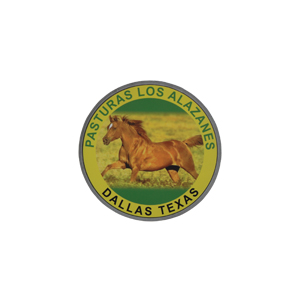Purina Introduces New 30% Protein High Energy Cattle Tub
Purina introduces a new 30% Protein High Energy Cattle Tub this month for producers seeking a more convenient delivery method of protein supplements. Purina's new 30% Protein High Energy Cattle 60 pound Tub product with controlled consumption technology provides your cattle an excellent source of protein in a convenient to...

